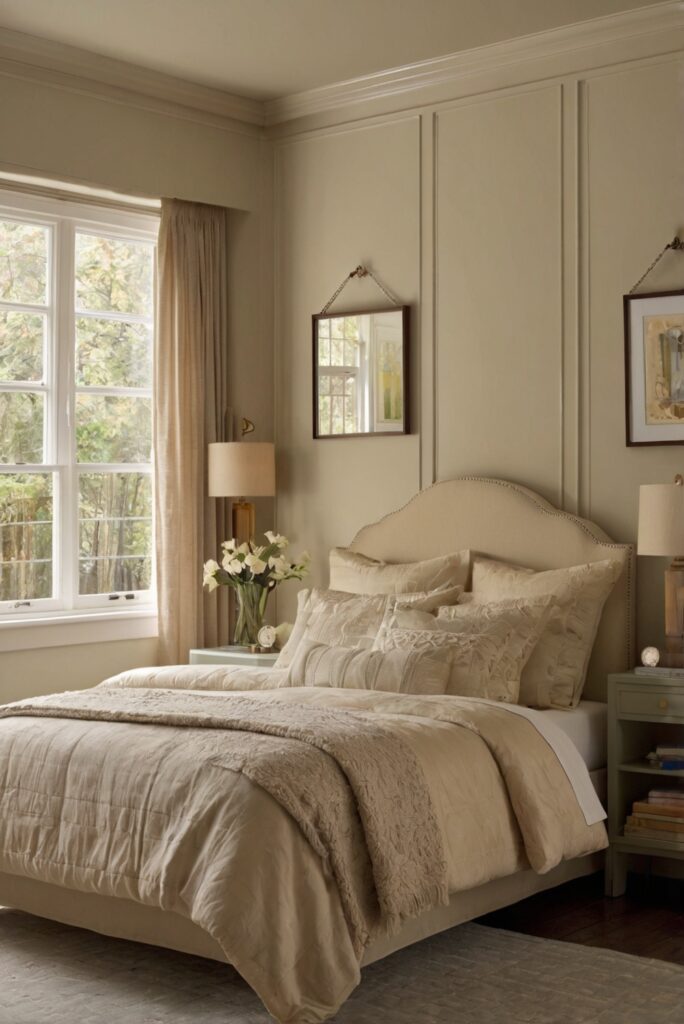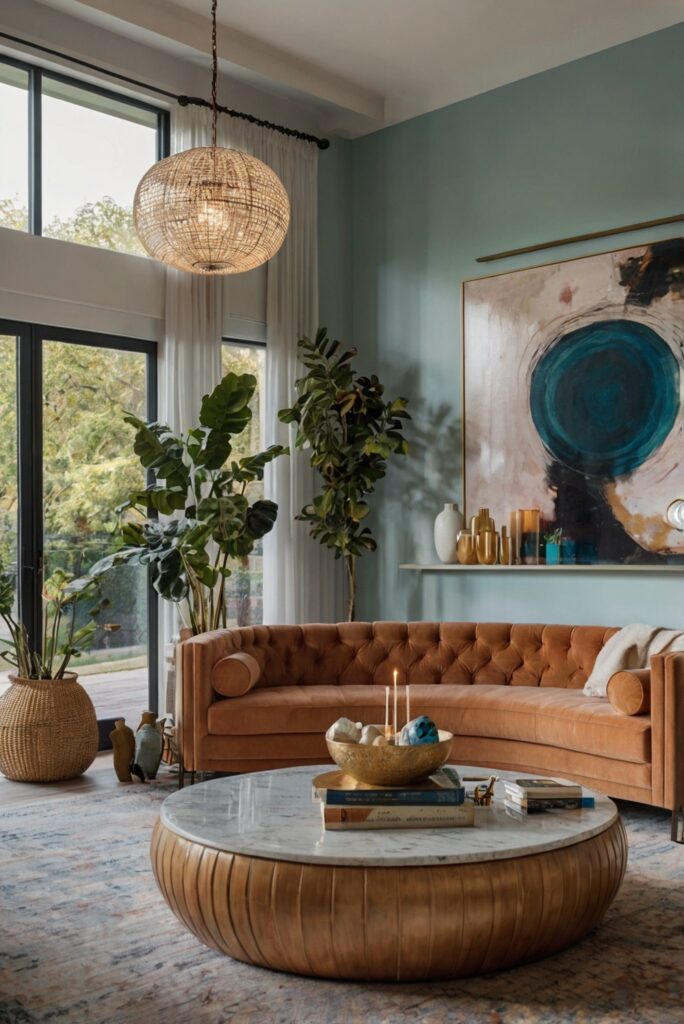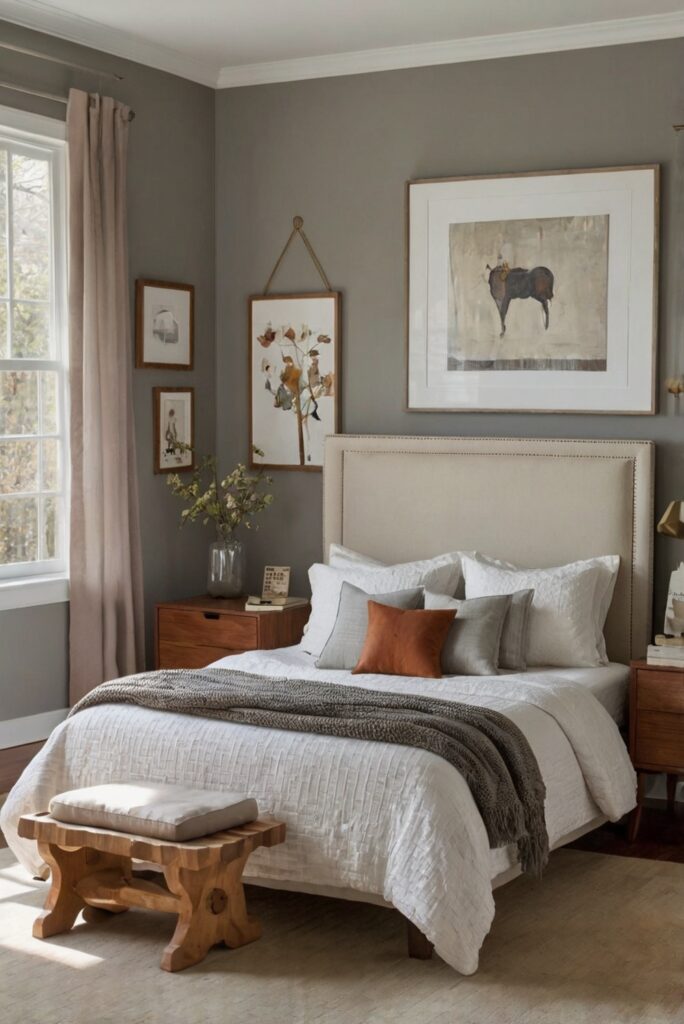Discover expert tips on choosing paint colors for bedrooms with limited natural light. Enhance your daily interior designer routine with décor ideas to create a soothing, well-lit space.
**How to Choose Paint Colors for Bedrooms with Limited Natural Light?**
As a part of my home decorating routine, I always consider the natural light in a room before selecting paint colors. In bedrooms with limited natural light, it’s important to choose lighter shades to help brighten up the space. Light colors like soft whites, pastels, or light blues can create a sense of airiness and openness. Avoid dark colors as they can make the room feel more confined.
Additionally, using high-quality primer paint for walls can ensure better color matching and a lasting finish. It’s also essential to consider the overall home interior design to maintain cohesiveness throughout different rooms. Proper space planning and consulting interior designers for kitchen designs, living room interiors, and bedroom design can further enhance the overall look of your home.
How to Choose Paint Colors for Bedrooms with Limited Natural Light?
Choosing the right paint colors for a bedroom with limited natural light is crucial to create a cozy and inviting space. Here are some tips to help you make the best color choices:
Consider Light Reflectance Value (LRV)
Light Reflectance Value (LRV) is a measurement of how much light a color reflects. For rooms with limited natural light, it is recommended to choose colors with a higher LRV to make the space feel brighter and more open.
Opt for Lighter Shades
Lighter shades such as soft pastels, whites, and light neutrals can help reflect whatever natural light is available, making the room feel more spacious and airy. Avoid dark colors as they can absorb light and make the room appear smaller and darker.
Consider the Room’s Orientation
Take into account the orientation of the room when choosing paint colors. North-facing rooms tend to receive less natural light and may benefit from warm tones like yellows or peach to create a cozy atmosphere. South-facing rooms receive more light and can handle cooler tones like blues and greens.
Use Warm or Cool Colors
Warm colors like reds, oranges, and yellows can add a cozy and inviting feel to a room with limited natural light. Cool colors like blues, greens, and purples can create a calming and soothing atmosphere. Consider the mood you want to achieve in the bedroom when selecting warm or cool colors.
Test Paint Samples
Before committing to a color, test paint samples on the walls to see how they look in different lighting conditions throughout the day. Natural light changes throughout the day, so it’s essential to see how the colors will appear in both bright and dim light.
By following these tips and considering factors such as LRV, room orientation, and color temperature, you can choose the perfect paint colors for a bedroom with limited natural light. Remember to test paint samples to ensure the color looks just right in your space.
1. What are the best paint colors for bedrooms with limited natural light?
Choosing the right paint colors for bedrooms with limited natural light can make a significant difference in the overall feel of the space. Opt for light, soft hues like pale blues, greens, or lavender to create a bright and airy atmosphere. These colors can help reflect what little light is available and make the room feel more spacious.
2. How can I test paint colors in a room with limited natural light?
To accurately test paint colors in a room with limited natural light, it’s essential to use large swatches and observe them at different times of the day. Natural light changes throughout the day, so it’s crucial to see how the colors look under various lighting conditions. Consider using temporary peel-and-stick paint samples to avoid committing to a color that may look different once applied to the entire wall.
3. Should I choose warm or cool paint colors for a bedroom with limited natural light?
When selecting paint colors for a bedroom with limited natural light, it’s generally recommended to opt for cool tones. Cool colors like soft blues, greens, and grays can help create a calming and relaxing environment, especially in spaces that lack natural light. Warm colors tend to absorb light, making the room feel darker, while cool colors can help brighten up the space.
4. Are there specific paint finishes that work best in rooms with limited natural light?
Choosing the right paint finish can also impact how light interacts with a room. In bedrooms with limited natural light, it’s often best to go for a satin or eggshell finish. These finishes have a subtle sheen that can help reflect what little light is available, creating a more luminous space. Avoid matte finishes, as they tend to absorb light and can make the room feel even darker.
5. How can I enhance natural light in a bedroom with limited exposure?
In addition to choosing the right paint colors, there are other ways to enhance natural light in a bedroom with limited exposure. Consider using light-reflecting decor elements like mirrors or metallic accents to bounce light around the room. Keep window treatments minimal to allow in as much natural light as possible, and strategically place lamps or light fixtures to brighten up dark corners. By combining these strategies with the right paint colors, you can create a warm and inviting bedroom despite limited natural light.



